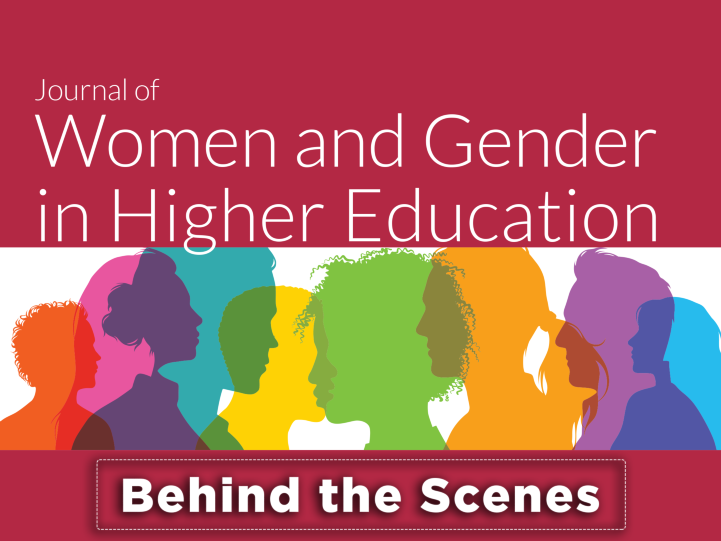
Behind the Scenes: Developing Computing and Technology Leaders: How Undergraduate Women Make Meaning of Their Leadership Experiences
Community Womxn in Student Affairs
September 14, 2021
Behind the Scenes: Developing Computing and Technology Leaders: How Undergraduate Women Make Meaning of Their Leadership Experiences
Jennifer Blaney
This article explores undergraduate women’s leadership experiences in computing and comes out of my dissertation, which more broadly examined gender and computing students’ leadership conceptions. This research relied on longitudinal data from the BRAID Research Project, led by Dr. Linda Sax at UCLA. For this paper specifically, I restricted my sample to include n=294 women computing students and conducted follow-up interviews with a subset of 12 participants to gain more insight into how women in the sample understood and made meaning of their leadership in computing spaces.
I defended my dissertation in 2018, and this article represents the third and final paper from my dissertation research. While my dissertation utilized mixed methods, this is the only published article from my dissertation that integrates both the quantitative and qualitative streams of the larger study. I first submitted this manuscript for publication in 2019 and went through several rounds of revision, which helped me to deepen my mixed methods approach and theoretical framing. Throughout this process, I sometimes struggled to adequately explain my process of integrating the different research streams in an article-length publication. Despite these challenges, my mixed methods approach allowed me to integrate my survey and interview data to more thoroughly address the research questions, documenting new complexity in how we understand women’s experiences in computing.
In the full paper, I argue that more mixed methods research is needed, including studies that take distinctly feminist approaches. In my case, using a feminist and mixed methods approach provided a framework for me to problematize how we approach studies of women’s STEM experiences, as my findings revealed how some of my participants distrusted research on women in STEM. Other findings provide insight into how sexism manifests in computing spaces, especially as women engage in leadership.
Abstract
Women remain underrepresented in both the computing major and leadership positions in the tech field. This paper utilizes a feminist phenomenological framework and mixed methods approach to provide insight into these inequities, focusing on women’s leadership perceptions and experiences in the computing major over time. Relying on survey data from nearly 300 women computing majors and interviews conducted with a subset of participants, findings reveal that, while women describe being actively engaged in leadership within their major, their computing leadership confidence declines over time. These inconsistencies may be explained by the sexism and stereotypical dynamics that women experience in computing classrooms, particularly within the group settings where they serve as leaders. Other findings highlight possible opportunities to mitigate women’s declining leadership confidence, pointing to the role of identity-based computing conferences and computing faculty mentorship in positively predicting leadership confidence among women in computing.
Read more at https://www.tandfonline.com/doi/full/10.1080/26379112.2021.1951745